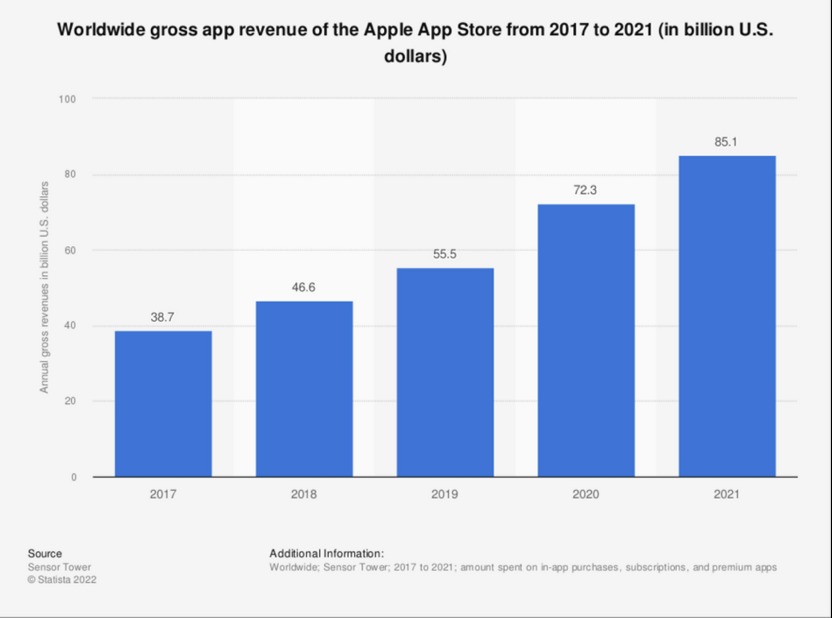NEW YORK CITY, NEW YORK, March 03, 2023 (GLOBE NEWSWIRE) — At ETH Denver, a giant bubble ball labeled “Save Your Margin” attracted a lot of attention. With a lot of symbolic graffiti, a large amount of money encapsulated in the bubble ball made a deep visual impact on the developers on the site. Upon closer inspection, this unique installation art was revealed to be the creation of Mirror World, an all-in-one development platform.
In its latest development, Mirror World offers a smart platform that helps developers develop, grow and monetize their blockchain applications. Mass blockchain adoption is becoming increasingly possible as blockchain technology matures and more platforms emerge to help developers lower the entry barrier to Web3 development and increase user switching, such as Smart Platform by Mirror World.
The smart platform offered by Mirror World seeks to help all developers accelerate their ability to innovate applications through better use and further integration of applications and blockchain technology. Using Mirror World’s Smart Platform, developers will be able to quickly develop a blockchain application for multiple websites (Mobile & PC). By adding value to their assets, combined with the interoperability and liquidity offered by the blockchain, developers will get their revenue back and be able to feed the core community and ecosystem to continue on this long road to fight Big Tech.

The combination of both blockchain technology and mobile applications can take this vision even further. This is because the global penetration of mobile devices, the commercialization of mobile applications and the maturity of product content distribution have unique advantages over other application terminals. Users can download and experience a mobile application very easily and directly. The biggest opposition is from the distribution of applications, the distribution rules and the extraction of developers’ in-app revenue from platforms such as the Apple Store and Google Play.
The revenue distribution model that exists in walled gardens has been in place for over a decade, and platforms like Apple’s App Store have made some adjustments to the relationship. At the same time, in the face of the impact of new blockchain technology, the strengthening of users’ awareness of asset ownership and the transformation of asset purchase methods.
Apple charges a 30 percent fee for any digital product or service sold on the App Store and mandates that all apps sold through the App Store use the internal payment system, forcing the hand of developers.
When the Apple Store was released in 2008, it offered approximately 500 different apps for the iPhone and iPod Touch, and by 2021, the App Store has grown to nearly 2 million apps, with nearly 99.99% from third-party developers. This shows that as the Apple Store ecosystem grows, Apple is no longer the primary provider of app content; more apps are built by third-party developers, and more and more of the revenue comes from developers.

Worldwide gross app revenue from the Apple App Store from 2017 to 2021, Source: Statista
At the same time, a significant percentage of the revenue the developers receive is spent on advertising and marketing to get more users and conversions. Nevertheless, these revenues are invested in Apple’s ecosystem. So for developers, they contribute the core content of the entire ecosystem, allowing countless users to experience games, social media, music and other premium content. Nevertheless, the majority of the surplus is taken by the ecosystem.
The Washington Post reported in a story that Epic’s Fortnite paid Apple $237 million in commissions from January 2017 to October 2020. Big players like Epic can appeal Apple’s unfair rules by taking a variety of legal actions, while most small studios have no choice but to comply with Apple’s policies, even if they are unhappy with them.
The rise of cryptocurrencies has directly led to the loosening of the bricks in this seemingly tight wall. Globally, the majority of cryptocurrency users can easily purchase virtual assets across borders at a consensus value without going through any intermediaries and in a sense actually own the assets. Due to the natural anti-censorship nature of blockchain technology, it has the ability for protocol-level transactions to bypass Apple’s rules directly. But Apple, seeing all this, sensed the crisis of being undermined and introduced guidelines related to the purchase and sale of NFTs, prohibiting the use of third-party payment tools in transactions related to NFTs and still only allowing the use of in-app purchases. method. Otherwise, the app is subject to penalties or being taken down or banned from the account.
With this series of practices, Apple is the real champion in this Internet era because it understands the entrance of application distribution and can determine the development direction of application innovation. To act in such a way to protect one’s interests is to kill real innovation.
Surrounding the bubble ball are idealistic developers – warriors who want to break through the walls as true disruptors. When you look up at the bubble, it is not as solid as it seems, and any attempt to stifle innovation will eventually become an apparition that disappears into the dust heaps of history. The rest are just waiting for the disruptors to strike.
For more information visit



